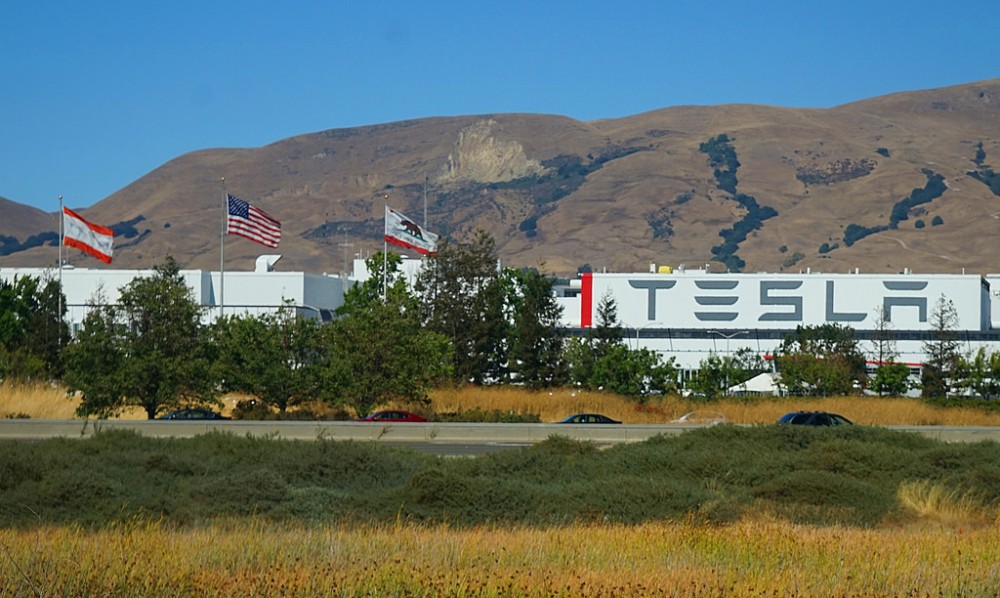Can states lead the way on climate change?
California is on track to reduce carbon emissions—through innovation as well as regulation.

A couple of days before Donald Trump was inaugurated, the National Oceanic and Atmospheric Administration and the National Aeronautics and Space Administration announced that in 2016 the earth had experienced the hottest temperatures on record—for the third year in a row. While environmental activists and policymakers around the globe are bracing for the impact of melting ice, rising oceans, devastating heat waves, and associated natural disasters, Trump has vowed to withdraw the United States from the 2015 Paris agreement on climate change, increase fossil fuel extraction, and curb the power of the Environmental Protection Agency. His cabinet is composed of skeptics of climate change and proponents of the fossil fuel industry. His White House website quickly erased Obama’s statement on climate change. Over the next four years, leadership on climate change is not likely to come from the federal government.
But there are bright spots in the struggle, perhaps most of all in California, where last year Governor Jerry Brown signed legislation that requires the state to reduce carbon emissions to 40 percent of 1990 levels by 2030, with an ultimate goal of an 80 percent reduction by 2050. The state is on track to reach this goal through a remarkable mix of government regulation and industry innovation.
Read our latest issue or browse back issues.
On the government side, new construction rules require new homes by 2020 to meet energy-saving standards for insulation, tightly sealed windows and doors, and solar and wind capacity. On the industry side, California leads the nation in developing electric cars and high-speed trains. California has started down this path while increasing its economic output and outpacing the rest of the country in job growth. There are now more jobs in the solar industry than in the rest of California’s utilities combined.
California is just one state, but it has an outsized impact, with 38 million people and the sixth-largest economy in the world. In addition, California has signed over 200 memorandums of understanding with states, provinces, and countries, including China, Mexico, and Canada. Speaking at the annual meeting of the American Geophysical Union in December, Brown struck a combative tone in defending the state’s initiatives. “We’ve got the scientists, we’ve got the lawyers, and we’re ready to fight. We’re ready to defend. California is no stranger to this fight.”
California is setting an example, showing how much of a role entities other than the federal government can play. The future of climate change action will necessarily involve a broad range of participants—including state and local governments, corporations, advocacy groups (like 350.org), and consumers. Together these entities are already pushing the country toward both technological innovation and constructive regulation.
The global goal articulated by the Paris agreement is to hold the increase in the global average temperature (above preindustrial levels) to below 2° Celsius. It’s an ambitious goal. While there may not be much support for it in Washington these days, the movement is not going away.
A version of this article appears in the February 15 print edition under the title “Doing something on climate.”






